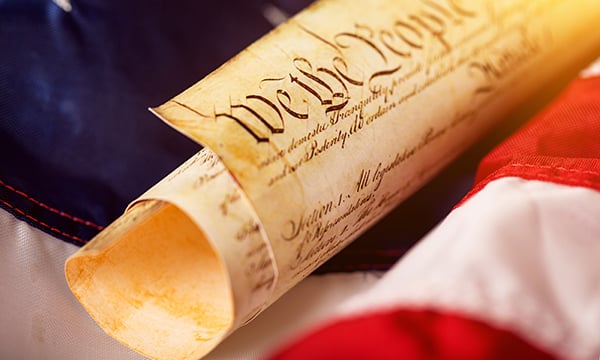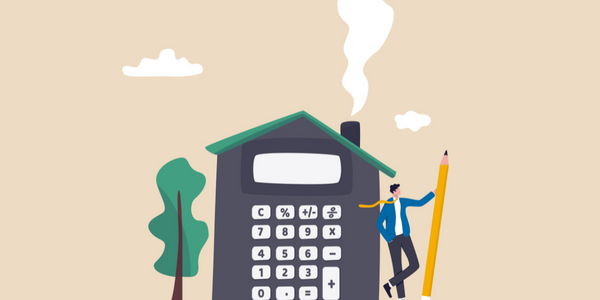
July 4—also known as Independence Day in the U.S.—celebrates the adoption of the Declaration of Independence.
You may have known that much, but there is so much more behind this beloved summer holiday, so let’s dive right in!

The United States of Autonomy
The Continental Congress actually declared its freedom from Britain on July 2, 1776. That’s when the Declaration of Independence was approved by the Continental Congress, and the delegate voted—unanimously—to adopt the document. John Adams originally thought July 2 would be the national holiday, but since the final vote by the colonies wasn’t until July 4, the holiday was moved to the date we now know.
Need Your John Hancock
Once the Declaration was approved, it was sent to a printer, where about 200 copies were printed, with John Hancock’s name printed at the bottom. Today, only 26 known copies remain. Most of the members of the Continental Congress signed it in early August 1776 in Philadelphia, but the rest of the members of the Continental Congress didn’t sign the Declaration until early 1777—nearly a year later.
A Sign of Success
Most of the men who signed the Declaration of Independence were in their 40s and 50s at the time, but two were only 26 when they signed. This includes Thomas Lynch Jr. and Edward Rutledge, who were both born in 1749 and hailed from South Carolina. The oldest signer was Benjamin Franklin, who was 70 when the Declaration was signed. Coincidentally, Thomas Jefferson and John Adams both died on July 4, 1826, on the 50th anniversary of the vote.
Movie vs. Real Life
In the movie National Treasure, there’s a secret message written on the back of the Declaration, which is a key plot of the movie. In reality, there is a visible message on the back, but it’s not nearly as exciting. It reads “Original Declaration of Independence dated 4th July 1776.” This is believed to be a handwritten label that was added when the document was rolled up and put into storage.
Just a Formality
The copy of the Declaration of Independence that sits in the National Archives is not the actual draft that was approved by the Continental Congress. It’s a more formal copy that was signed on August 2, 1776. It was likely made by Timothy Matlack, an assistant to the Secretary of Congress.
Foreign Born
Here’s something you may not realize: no one who signed the Declaration of Independence was actually a U.S. citizen. This makes sense when you think about it, though, since the U.S. didn’t exist until after the Declaration was signed. It’s important to note, however, that all but eight of the signers were born in colonies that would eventually be part of the United States.
Sound Familiar?
Thomas Jefferson wrote the first draft of the Declaration and drew upon two sources for much of his inspiration. This includes his own preamble to the Virginia Constitution, as well as George Mason’s draft of Virginia’s Declaration of Rights. If you look at these two documents, they have very familiar, yet slightly different wording when compared to the draft Jefferson submitted. Jefferson was noted for being unhappy about some of the edits made to his original draft, which originally included language condemning the British promotion of the slave trade (even though he was also a slave owner). This was removed despite his objections.
Packing it Up
The Declaration of Independence and the U.S. Constitution of the United States were packed up and given a military escort and taken to Fort Knox near Louisville, Kentucky, during World War II. They remained there for several years before being delivered to the National Archives in Washington, D.C., in December 1952, where they reside today.







